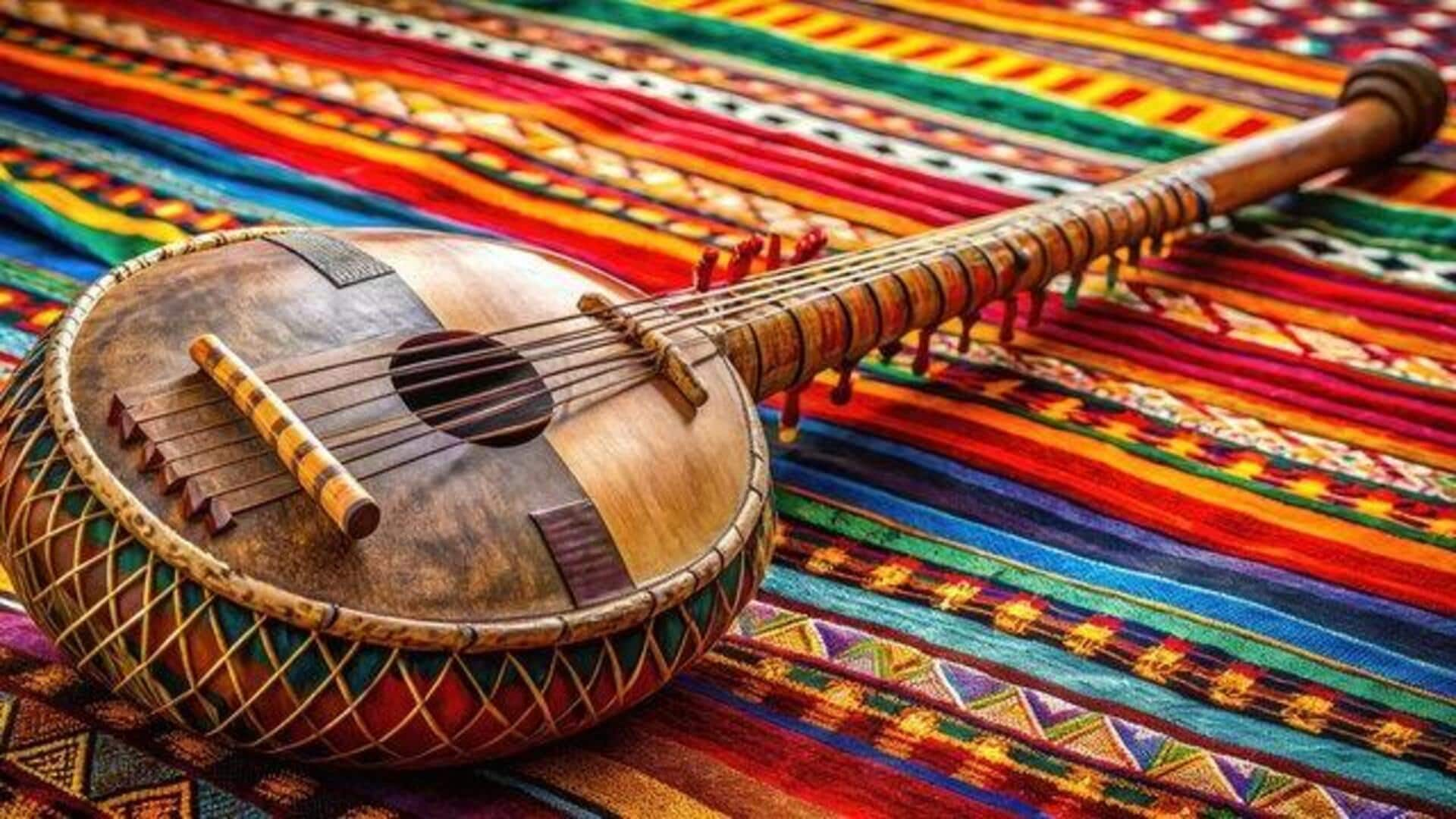
Enhancing finger strength with African string instruments
What's the story
Playing African string instruments is not only a journey into the continent's profound musical heritage, but also a surprisingly effective method for strengthening your fingers.
These instruments, with their unique sounds and intricate playing techniques, demand both precision and agility.
In this article, we will share five exercises inspired by African string instrument techniques to strengthen your fingers, increase your dexterity, and ultimately enhance your overall musical playability.
Plucking techniques
Practice with the kora's plucking patterns
The kora, a 21-string lute-bridge-harp from West Africa, is played by plucking the strings with the thumb and index finger of both hands. This technique requires significant finger strength and coordination.
By practicing plucking patterns similar to those used in kora playing, you can significantly improve finger strength and coordination.
Start with simple patterns and gradually increase complexity as your fingers become more agile.
Strumming discipline
Emulate the nyatiti's strumming discipline
The nyatiti is an eight-string lyre from Kenya, traditionally played with a continuous strumming motion that requires intense dexterity and stamina due to the rapid movement of fingers across strings.
By emulating this strumming discipline on any string instrument, you can build endurance in your fingers.
Concentrate on maintaining consistent rhythm and pressure to effectively strengthen your strumming fingers.
Tapping exercises
Finger tapping inspired by the krar
The krar is a five- or six-stringed bowl-shaped lyre from Ethiopia. It is unique in that it is often played by tapping the strings with the fingers, creating both melody and rhythm simultaneously.
Practicing finger tapping exercises can greatly improve your finger strength.
Always start slow to maintain precision, then gradually increase the speed to further push your agility.
Stretching techniques
Stretching exercises from akonting playing techniques
Hailing from West Africa, the akonting is a three-stringed folk lute, but what sets it apart is the open hand playing style. This technique requires significant stretching between the fingers to access different notes.
By incorporating stretching exercises modeled after akonting techniques, you can significantly improve your finger flexibility.
Plus, regular stretching can help avoid overuse or strain injuries associated with playing music.
Coordination drills
Coordination drills based on valiha performance practices
The valiha is a tube zither indigenous to Madagascar, constructed from bamboo and played by plucking strings arrayed around its cylindrical body.
The complex melodies demand meticulous coordination between the left and right hands.
By practicing coordination exercises influenced by valiha performance techniques, we can not only build strength in our fingers but also enhance their ability to function harmoniously and efficiently as a team.